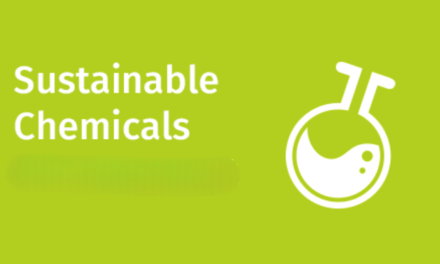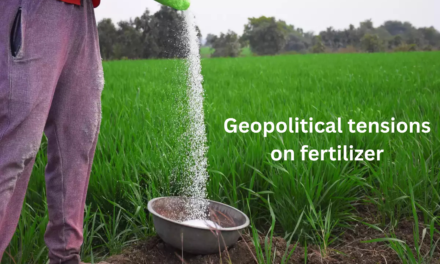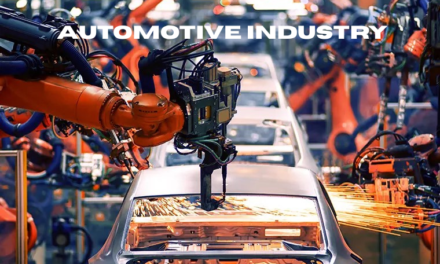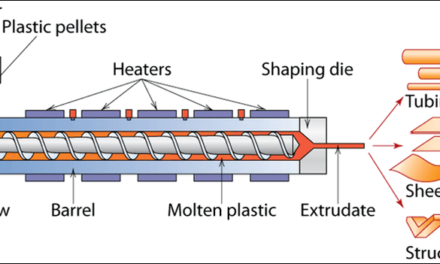Innovations improving nitrogen-use efficiency (NUE) in fertilizers focus on reducing nitrogen loss through leaching, volatilization, and runoff, ensuring more is absorbed by crops. Key advancements include:
- Slow-Release Fertilizers: Coated or encapsulated fertilizers release nitrogen gradually, matching the plant’s growth needs and minimizing losses.
- Enhanced Efficiency Fertilizers (EEFs): Fertilizers with additives like urease inhibitors (e.g., NBPT) or nitrification inhibitors (e.g., DCD) slow down nitrogen conversion processes, reducing volatilization and leaching.
- Controlled-Release Technologies: Polymers or sulfur coatings regulate the nutrient release rate, improving synchronization with crop demands.
- Biofertilizers: Microbial inoculants like nitrogen-fixing bacteria (e.g., Rhizobium or Azospirillum) enhance natural nitrogen availability in the soil.
- Nanofertilizers: Nanoscale particles improve nutrient delivery and absorption, reducing wastage and environmental impact.
- Smart Fertilizers: Sensors and AI-driven systems integrate with precision agriculture to optimize fertilizer application rates and timing.
- Split Application Methods: Delivering nitrogen in smaller doses throughout the crop cycle ensures better uptake and reduces losses.
- Integrated Soil Management: Combining organic amendments with synthetic fertilizers boosts soil health, enhancing nitrogen retention and availability.
These innovations contribute to sustainable agriculture by improving productivity while minimizing environmental harm.

















